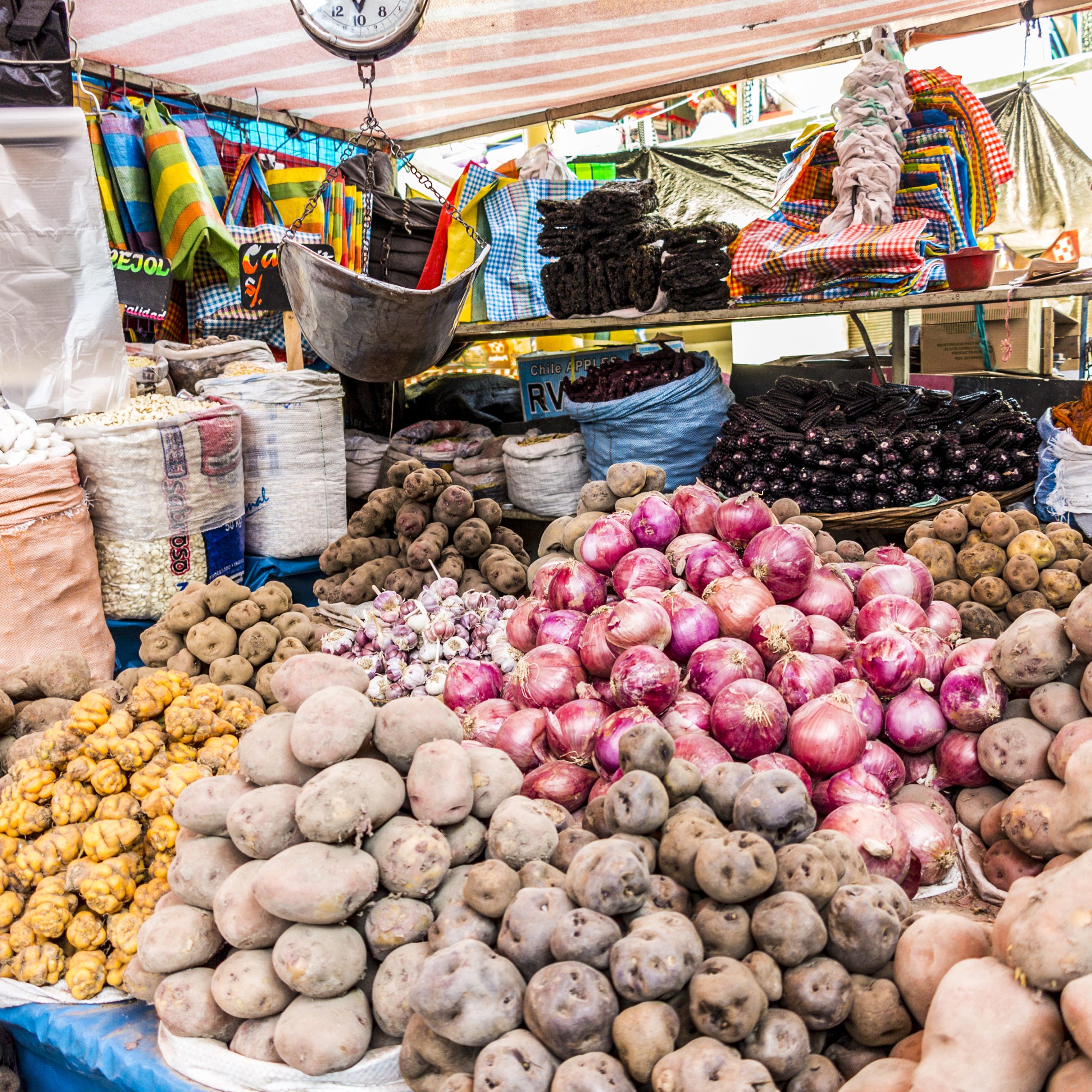Cassava root: from ancient poison to modern promise

Cassava, a staple crop largely unknown in temperate climates, holds a significant place as the fourth most important source of nutrition globally, following corn, rice, and wheat. This root crop, with its modest appearance, was first domesticated around 10,000 years ago in the southern Amazon basin of Brazil and has since become a vital part of tropical diets.
Despite its unassuming look, with a scraggly stem and slim branches, cassava is celebrated for its remarkable productivity, resilience, and adaptability. It thrives in the challenging conditions of Amazonia’s poor soils and is almost immune to pests, thanks to its indigenous development over millennia from a wild plant into a tuberous crop rich in starch.
However, the crop’s journey is not without its challenges. Cassava is inherently toxic, a trait that has necessitated the development of ingenious Indigenous methods for processing. For the past decade, we, Stephen Wooding and César Peña, have been studying the diverse ways in which Indigenous communities along the Amazon River in Peru cultivate and process various cassava varieties. These communities have developed sophisticated breeding strategies to manage the plant’s toxicity and transform it into nutritious food.
Long history of plant domestication
The paradox of early human hunter-gatherers was their need to burn calories to find food, a challenge partially solved by the domestication of plants and animals over 10,000 years ago. Cassava emerged as a champion in this new era, especially in the neotropics, diffusing throughout the region and becoming a fundamental food source that lightened the burden of foraging.
Today, nearly every rural Amazonian family has a garden where cassava is a daily staple, prepared in various forms such as roasted roots, casabe flatbread, masato beer, and in soups and stews. But before these dishes could be safely enjoyed, ancient Amazonians had to devise a method to remove the plant’s cyanide-producing toxins.
Processing a poisonous plant
Cassava’s robust pest resistance comes from its ability to produce linamarin and linamarase, chemicals that remain harmless within the plant’s cells until they are damaged. When the plant is chewed or crushed, these chemicals react to release cyanide gas and other toxic compounds.
The ingenious multi-step detoxification process developed by ancient Amazonians begins with grinding the roots on shredding boards embedded with materials like fish teeth or rough tin. This process releases the toxins, which then dissipate harmlessly into the air. The shredded cassava is further rinsed and squeezed in baskets, and finally, dried or cooked to complete the detoxification. These techniques, effective and unchanged for thousands of years, are still in use across the Amazon today.
A powerhouse crop poised to spread
The traditional Amazonian methods of grinding, rinsing, and cooking have enabled the transformation of cassava from a poisonous plant into a nutritious meal. Beyond these culinary innovations, Amazonians have also selectively bred cassava, creating over 70 distinct varieties that vary in toxicity, tuber size, starch content, and drought tolerance. These varieties are often whimsically named, much like the diverse apple types found in American supermarkets.
Cassava’s resilience and minimal need for pesticides make it an attractive crop for sustainable agriculture, especially as climate change impacts global food production. While traditional methods for processing are slow, they can be adapted and accelerated with modern technology. This adaptability and the crop’s genetic diversity have spurred optimism about cassava’s potential as a sustainable food source worldwide.
The crop’s expansion beyond South America began in the 1500s, quickly spreading across tropical regions in Africa and Asia. Today, countries like Nigeria and Thailand have outpaced Brazil in cassava production, underscoring its growing importance.
In the U.S., cassava is gradually becoming more familiar, mainly under the names “yuca” and “manioc,” and in products like tapioca, used in puddings and boba tea, as well as in gluten-free flours and snacks. With a plethora of recipes available, cassava’s versatility and safety in its processed forms are attracting new culinary explorers.
Cassava’s journey from an ancient toxic plant to a crop with a promising future illustrates not only the ingenuity of early agriculturalists but also the potential for this humble tuber to play a significant role in the sustainable diets of the future.



